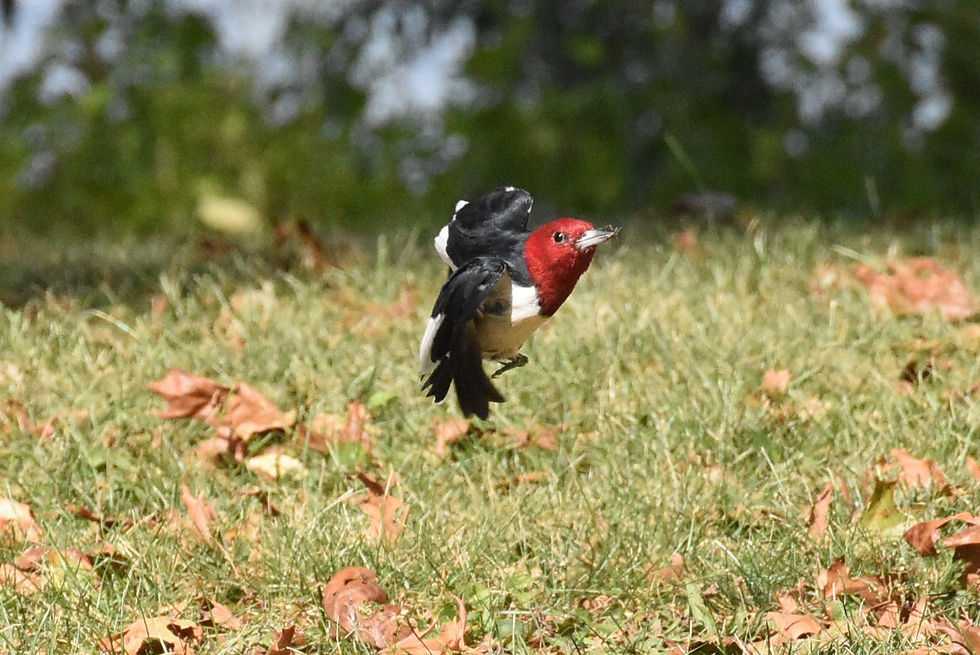Mighty Mighty Oaks in Trouble
- annechughes
- Feb 8, 2022
- 3 min read
The mighty oaks of the savanna make sandy dunes into immensely diverse biomes. I have tracked endangered box turtles, beautiful, endangered butterflies, threatened woodpeckers and been lucky enough to cross paths with legless lizards, racers, and bobwhites (King et al. 2018.) The floral diversity that grows under these trees is an incredible site to see, especially in the spring and summer months when the colors are on full display. I have also set traps and tracked the invasion of alien species of moths that can consume these oak trees, decimating the stand of trees.

Iroquois county and Lake County are worlds away from each other, separated by Chicago, many cities, and Lake Michigan. They appear completely different, until you start to walk through the oak savannas in both counties. Striking similarities, beginning with the sandy soil from the sand dunes and Kankakee torrent. But the oak savannas that inhabit the sandy dunes of each area are fragile and in need of help. Lymantria dispar in Lake County and boring beetles of many species in Iroquois are an issue that is clear and present in these ecosystems (Senti et al. 2019.)

The invasion of exotic moths and beetles are compounded by alien plants that are outcompeting the oaks for light, water, and nutrients. Oaks need space, elbow room if you will, and the invasive plants can kill off the seedlings while stressing the parent trees. Constant human management through mechanical removal, chemical treatments and prescribed fires are the only ways to stop this constant competition (McCarragher et al. 2015.)

Leading the way to all these stressors is the biggest one of all, climate change. With bigger storms, more extreme weather, extreme drought or rainfall, unpredictable weather timing, these are all issues that are affecting the oak savanna ecosystem survival (Hayford & Chhin 2020.) If we don’t do more to slow down climate change patterns, these extreme patterns will continue to leave the door open for more alien species to thrive in our savannas, driving out the oak trees and the native animals that rely on them.

We can only do so much to manage what is there already, but if climate continues to change as rapidly and extremely as it is currently, we may lose the tiny fragments of oak savannas that we have left. We could be looking at the loss of many insects, birds, plants, herps and of course the oaks themselves. The time to fix this is long gone, we can only hope to slow it down at this point, but I would hate to see this ecosystem lost as it is one of the greatest in Illinois.

Hayford, I., & Chhin, S. (2020). Influence of Climate on Oak Savanna Tree Species in the Midwestern United States.
King, M. J. (2018). Foraging behavior of red-headed woodpeckers in endangered black oak savanna habitat.
McCarragher, S. R. (2015). Ecological and evolutionary invasion dynamics of Lonicera maackii (Amur honeysuckle) in relation to white oak savanna restoration management at Nachusa Grasslands, Illinois, USA. Northern Illinois University.
Phillippe, L. R., Marcum, P. B., Busemeyer, D. T., McClain, W. E., Feist, M. A., & Ebinger, J. E. (2013). Changes due to fire suppression in a Quercus velutina Lam.(black oak) savanna at Sand Ridge State Forest, Mason County, Illinois. Illinois State Academy of Science. Transactions, 106, 23.
Senti, T. (2019). The Community Composition of Bark and Wood Boring Beetles in Woodland and Endangered Midwestern Oak Savanna Habitats.




Comments